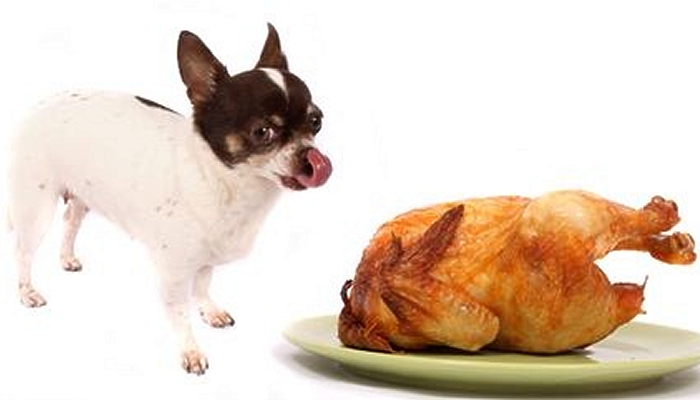Holidays are times to share with the whole family so it certainly makes sense to want to include the four-legged family in the festivities as well.
By knowing the dangers, it makes it easy to share the festivities with everyone.
There’s some controversy over what foods are truly dangerous. Some lists try to be all inclusive and end up including foods that are not truly poisonous – like avocado. Avocados are poisonous to birds. Avocado meat is not poisonous to dogs, it is the shell, the seed, and bark that is poisonous to dogs.
Macadamia is another example. Some dogs have a reaction — much like humans who are allergic to peanuts — but macadamia nuts are not poisonous to every dog. What this means is if your dog accidentally steals a cookie that has a macadamia nut in it, it’s probably going to be OK. If you happen to know that your dog is one who has a reaction to macadamias, then don’t keep them in the house. Macadamia issues usually look like intestinal upset in dogs.
Truly poisonous foods include: chocolate, grapes, raisins, onions, xylitol. So, avoid these at all times.
The list of safe foods is nearly unlimited. Turkey is safe for dogs and cats to eat. So are sweet potatoes and green beans. We should not share green bean or sweet potato casserole with our pets, however. These dishes contain far too much sugar for our four-legged family.
A little ham is also fine to share but be cautious of sharing the ham bone – it is not only too fatty, it could splinter causing intestinal damage.
It’s often fun to share dessert as well – a taste of the pumpkin pie filling, or the pecan pie filling, or even the apple pie filling is just fine. A taste.
This is a good time to talk about portion sizes. What causes health issues for so many dogs and cats during the holidays is how much food they are given. Most cats weigh about 10 pounds. And dogs really have quite the weight range. If a 150 pound human were to share a plate of food with a 5 pound Maltese, that Maltese would become very ill. Cats fortunately know better and don’t overeat. That same plate of food that would feed a 150 pound human could feed a 200 pound mastiff, as long as the food isn’t too fatty, too sugary, or contains poisonous ingredients.
Common sense helps us understand the 10 pound dog or cat should eat a tiny portion of what an adult human would eat.
By avoiding poisonous foods, using common sense on portion control, and avoiding overly fatty or overly sugary foods, we can safely share our holiday meals with our dogs and cats.

